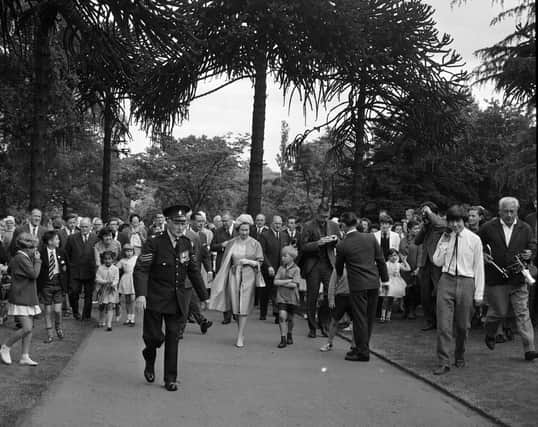Edinburgh’s Royal Botanic Garden was founded in 1670, making it the second oldest botanic garden of its type in the world after Oxford’s.
The garden was originally located at St Anne’s Yard, near Holyrood Palace, and initially comprised a collection of plants donated by Sir Patrick Murray, 2nd Lord Elibank, which was transported from his home at Livingston Peel after his death.
The garden at St Anne’s Yard, created by Dr Robert Sibbald and Dr Andrew Balfour, soon proved too small for the rapidly-expanding collection and in 1676 was moved to a larger site east of the Nor Loch, to the south of the High Street.
Another move followed in 1763, when the garden's was transferred to a five acre ‘Physick Garden’ to the west of Leith Walk, now called Hopetoun Crescent Gardens.
A cottage from the Leith Walk site remained standing until 2016 when it was moved brick by brick to the current gardens.
The modern gardens were created in the early 1820s, under the direction of the Curator William McNab, and the Temperate Palm House, the tallest in Scotland, was added in 1858.
It is home to a 200-year-old tree that was moved from the Leith site, one of numerous important plants to have graced the Botanics borders, including the first rhubarb to be grown in the UK.
In 1877, Inverleith House was purchased from the estate of Cosmo Innes and added to the existing gardens, becoming the home of the Scottish National Gallery of Modern Art from 1960-1984.
The gardens now cover around 70 acres and are home to more than 13,000 living plant species, along with over three million preserved plant specimens in the herbarium.
The gardens actually encompass four sites – including at Dawyck, Logan and Benmore – but Edinburgh is by far the largest and most important, combining crucial scientific work with a popular tourist attraction.
Here are 22 pictures to take you back to the Botanic in the 1950s and 1960s.
Read more:
A message from the Editor:
Thank you for reading this article. We're more reliant on your support than ever as the shift in consumer habits brought about by Coronavirus impacts our advertisers.
If you haven't already, please consider supporting our trusted, fact-checked journalism by taking out a digital subscription.
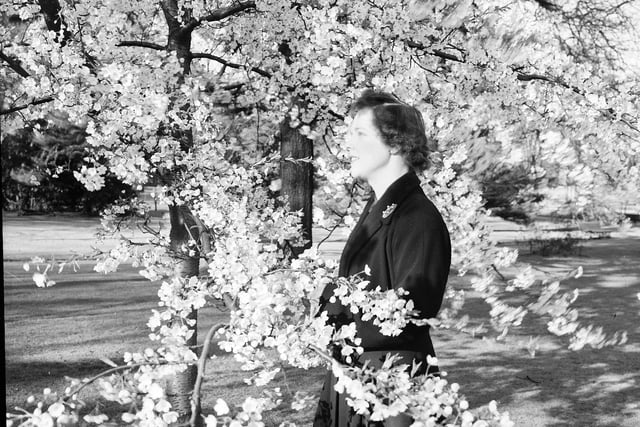
1. Blossoming
A visitor admires the cherry blosson in the gardens in April 1952. Photo: Unknown
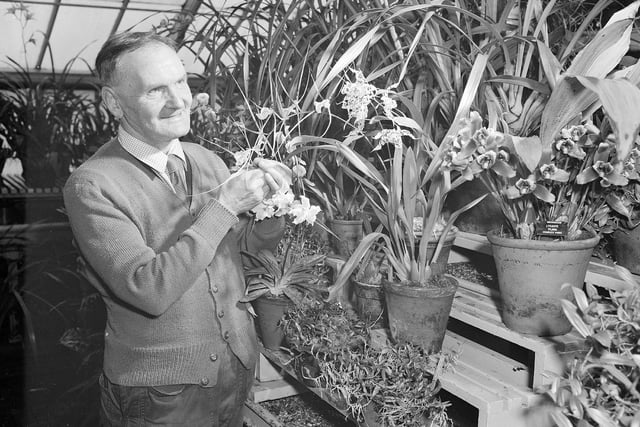
2. Orchid expert
Gardener John Handen with the orchids he was tasked with looking after in the Botanics in May 1961. Photo: Unknown
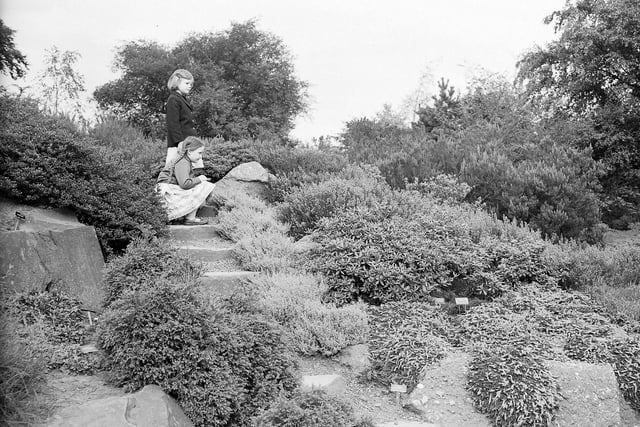
3. Young horticulturalists
Two youngsters enjoing the Botanics' heath garden in September 1959. Photo: Unknown
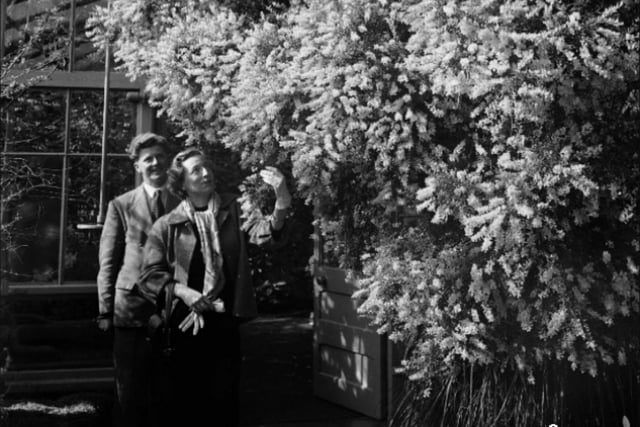
4. Mellow yellow
Two visitors admire the Yellow Canary Island Bloom in one of the hothouses in May 1953. Photo: JPI
